Pasco Scientific ME-9447 User manual
Other Pasco Scientific Measuring Instrument manuals

Pasco Scientific
Pasco Scientific OS-8501 User manual

Pasco Scientific
Pasco Scientific PS-2235 User manual

Pasco Scientific
Pasco Scientific SF-9214 User manual
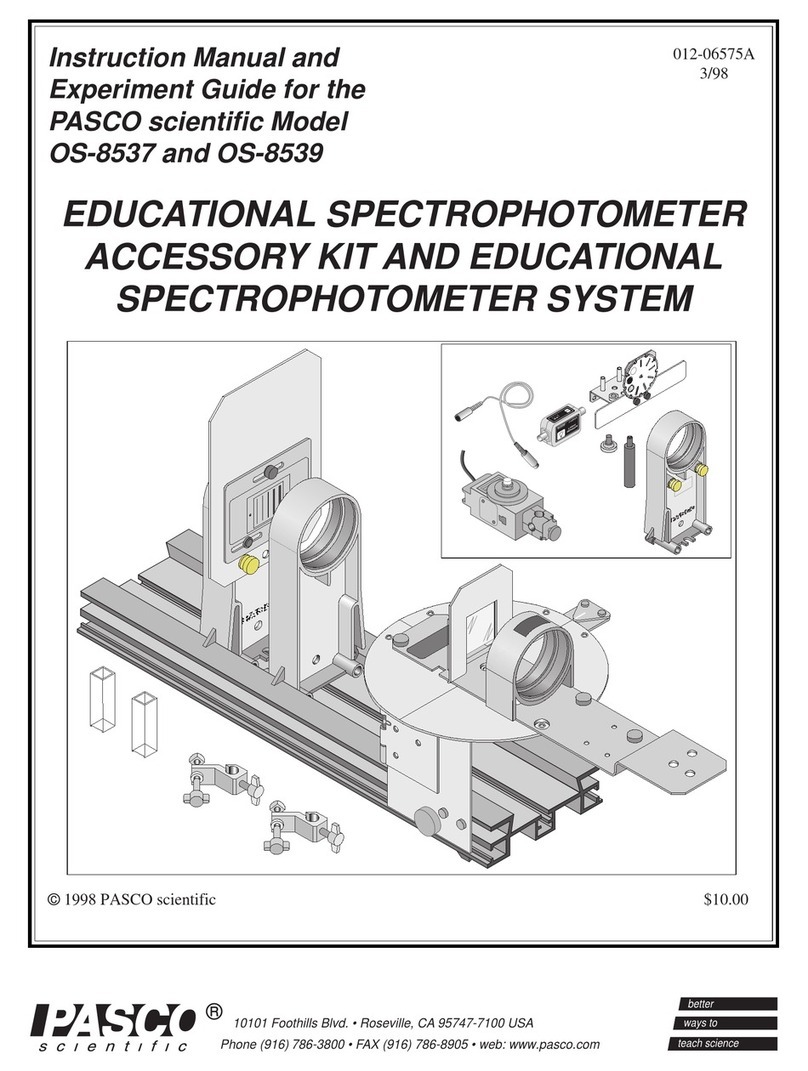
Pasco Scientific
Pasco Scientific OS-8537 User manual
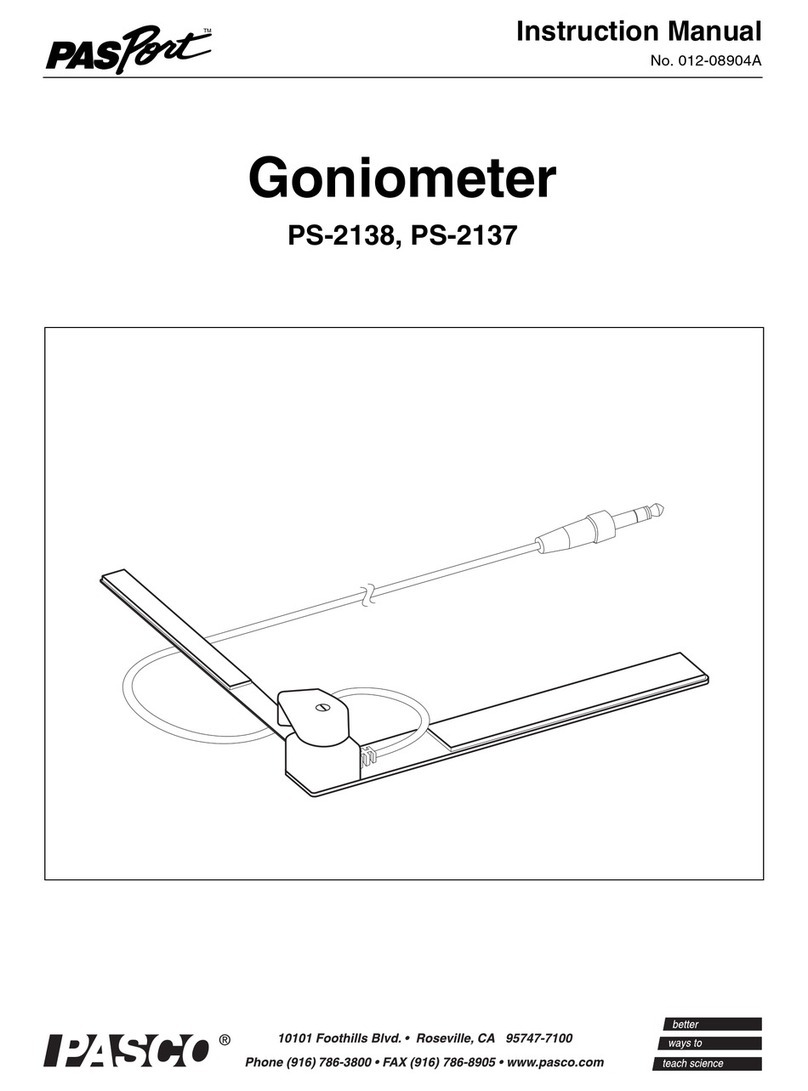
Pasco Scientific
Pasco Scientific Pasport PS-2138 User manual

Pasco Scientific
Pasco Scientific ES-9054B User manual
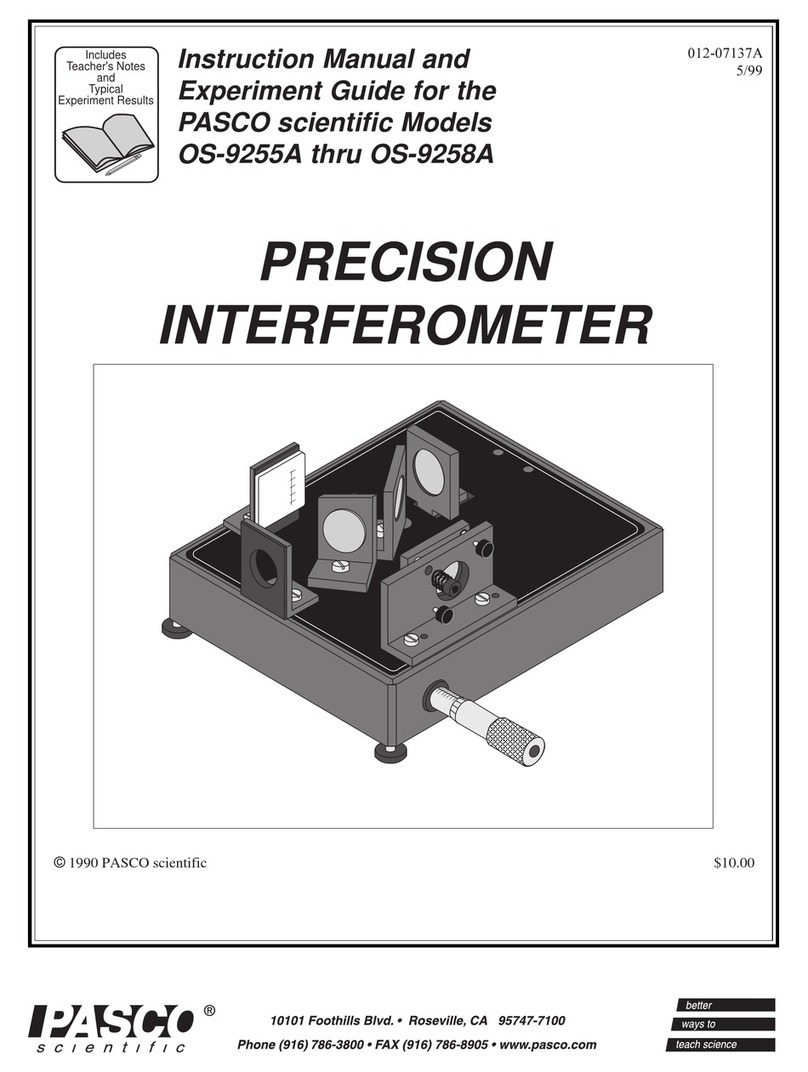
Pasco Scientific
Pasco Scientific OS-9255A User manual
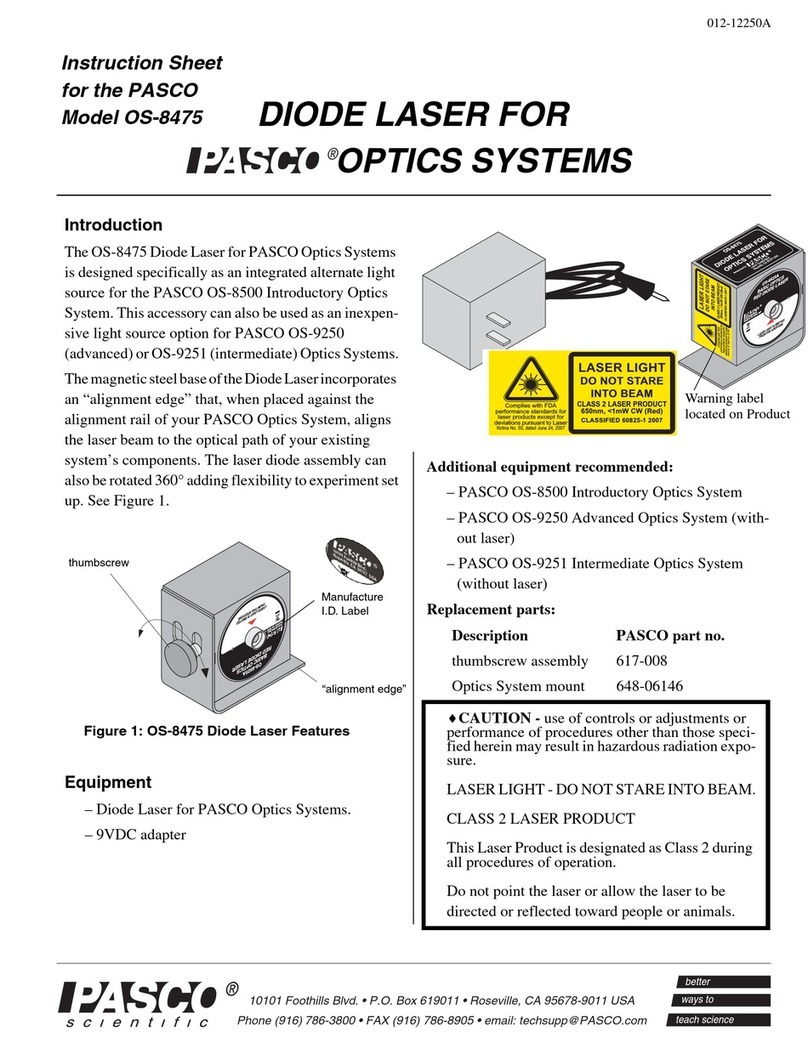
Pasco Scientific
Pasco Scientific OS-8475 User manual
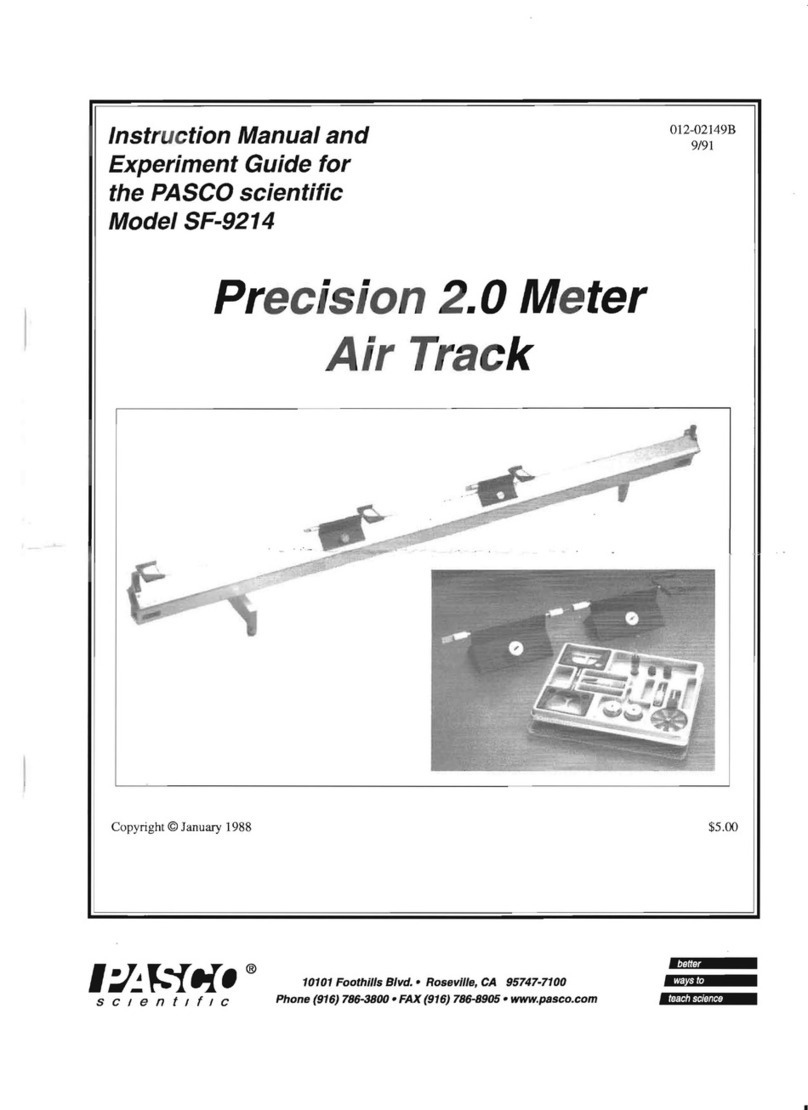
Pasco Scientific
Pasco Scientific Precision 2.0 User manual
Popular Measuring Instrument manuals by other brands

Powerfix Profi
Powerfix Profi 278296 Operation and safety notes

Test Equipment Depot
Test Equipment Depot GVT-427B user manual

Fieldpiece
Fieldpiece ACH Operator's manual

FLYSURFER
FLYSURFER VIRON3 user manual

GMW
GMW TG uni 1 operating manual

Downeaster
Downeaster Wind & Weather Medallion Series instruction manual

Hanna Instruments
Hanna Instruments HI96725C instruction manual

Nokeval
Nokeval KMR260 quick guide

HOKUYO AUTOMATIC
HOKUYO AUTOMATIC UBG-05LN instruction manual

Fluke
Fluke 96000 Series Operator's manual

Test Products International
Test Products International SP565 user manual

General Sleep
General Sleep Zmachine Insight+ DT-200 Service manual















